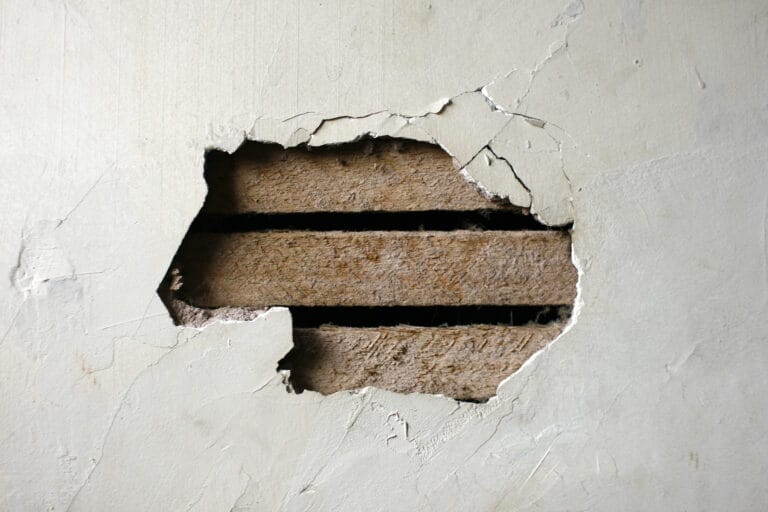Adding some recurring revenue to your business is arguably the fastest way to grow your company’s value. Recurring revenue is so crucial that it is one of the most heavily weighted drivers in our algorithm over at The Value Builder System™.
Investors pay a premium for certainty, which is one reason businesses with recurring revenue are so much more valuable than companies using a transactional business model.
Recurring revenue comes from contracts, subscriptions, services plans, annuities, where your customer agrees to pay on a regular cadence without you having to resell to them every time.
Measuring the Health of Your Recurring Revenue Stream
One of the most critical measures of the health of your recurring revenue stream(s) is your churn rate. You can measure churn by the number of customers who leave (also known as “logo churn”). but a more common way is to track revenue churn: the amount of recurring revenue you lose each month when customers cancel or downgrade.
To grow, you need to sell more than your lost recurring revenue each month. That’s relatively easy in the early days. If you have $5,000 in monthly recurring revenue and lose 10%, you need to win $500 of recurring revenue to make up for the loss. But the same 10% churn rate on a $5 million business will almost certainly be a death knell. The bigger your base of recurring revenue, the more obsessed you need to be with your churn rate. Your goal should be to achieve something called net negative churn.
How can churn be negative? You offset all of your lost recurring revenue with expansion revenue from upgrades from your existing customers. When you achieve net negative churn, your growth rate reaches an inflection point and starts heading north quickly.
Drip Achieves Net Negative Churn
To illustrate how your churn rate impacts the value of your business, let’s take a look at Drip, the email marketing service provider founded by Rob Walling in 2012. In its first year, Drip struggled because it offered services similar to other providers like AWeber and Constant Contact.
Then Walling, who is also the host of the podcast, Startups for the Rest of Us, added tools like autoresponders, customized messaging, and easy integration with other applications. The result was meaningful differentiation: Drip offered features inexpensive software did not provide, yet it was significantly cheaper than more sophisticated tools.
Drip used a tiered pricing model that charged customers by their number of contacts. Hence, as customers added new contacts, their monthly charges increased. For the next fifteen months, revenues grew by approximately 13% per month. How? Customer gross churn was only 3–4% per month while existing customers spent more, bringing their net churn rate to below zero.
That explosive rate of recurring revenue growth attracted the attention of Leadpages, a website and landing page service seeking to add email marketing to its suite of customer solutions.
Leadpages loved Drip’s product and was impressed with Walling’s ability to achieve net negative churn. They knew they had a company on the cusp of snowballing and made Walling an offer to buy Drip for enough money that Walling would never have to work again.
The takeaway? Switching to a recurring revenue model will boost the value of your company. Get to net negative churn with add-ons, metered pricing, and upgrades, and watch as the value of your business finds an even higher gear.



